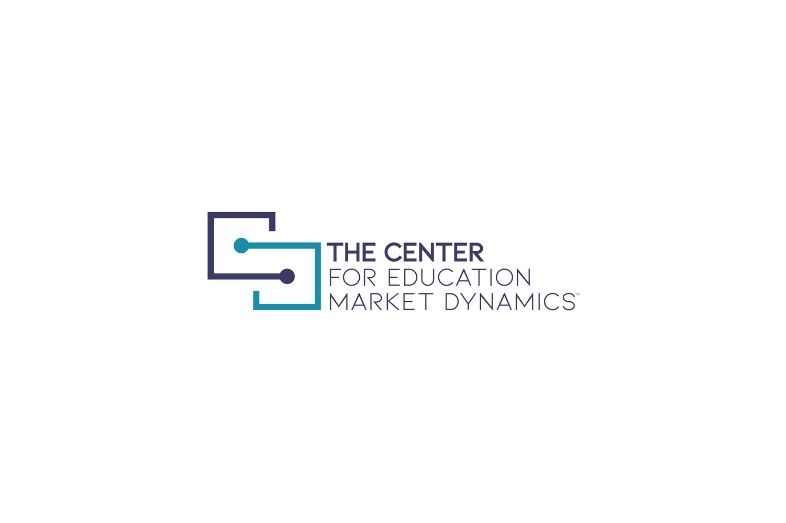
High-Quality K-8 Math Curricula Have an Expanding Footprint in U.S. Districts
First-of-its-kind Study Sheds Light on District Selection of High-Quality Math Curricula

First-of-its-kind Study Sheds Light on District Selection of High-Quality Math Curricula
SAN DIEGO – August 15, 2023: There are important signs of a large-scale shift toward more widespread use of high-quality math curricula in the coming years, according to new research published in two reports from the nonprofit Center for Education Market Dynamics (CEMD). CEMD’s groundbreaking segmentation analysis of school districts and the definition of the “Impact Core” indicate that high-quality materials are taking hold in districts serving outsized portions of historically underserved students.
“High-quality curriculum is one of the best tools teachers can use to help students achieve at higher levels in math,” said Lora Kaiser, Interim Executive Director of CEMD. “We hope this research will encourage what we see as a sector-wide shift toward engaging, standards-aligned materials that will help accelerate math learning for students in the years to come.”
The two reports—K-8 Math Curriculum Quality: The State of District-Led Selection and K-8 Math Curriculum Products and Publishers: The State of District-Led Selection—are based on data CEMD gathered from a subset of districts they call the “Impact Core”—934 districts across the country that in total serve more than 52% of the nation’s students, including an oversample of Black and Latino students, multilingual learners and students qualifying for free or reduced-price lunch. CEMD used EdReports’ “green” rating as the designation for a high-quality curriculum. Other research has shown that using a top-rated math program in elementary school can lead to student achievement gains of 3.6 percentile points.
Key findings from the reports include:
“The K-8 math curriculum market is at a tipping point, and we predict that we will see new, standards-aligned entrants to the market continue to gain a foothold and expand access to high-quality math materials for all students, especially those who have been underserved,” said Kaiser. “CEMD is committed to continuing to monitor this landscape and foster dialogue about the curriculum market, because we believe that every student deserves high-quality learning materials.”
These reports represent the beginning of a long-term effort by CEMD to illuminate the K-12 education market for all those with a stake in its improvement. Future reports will examine district curriculum selection at the high school level, market spotlights on California, Texas and Florida, as well as the landscape of supplemental math curriculum.
About The Center for Education Market Dynamics (CEMD)
The Center for Education Market Dynamics (CEMD) is a nonprofit education market intelligence organization. Our primary goal is to expand the access of historically underserved students (Black, Latino, and Indigenous students; students experiencing poverty; and multilingual learners) to high-quality teaching and learning solutions via the K-12 market.
This is a sponsored message and does not necessarily represent the views of the Education Writers Association, its board of directors, or its members. Want to see your release on the EWA site? Promote it with EWA.
Your post will be on the website shortly.
We will get back to you shortly